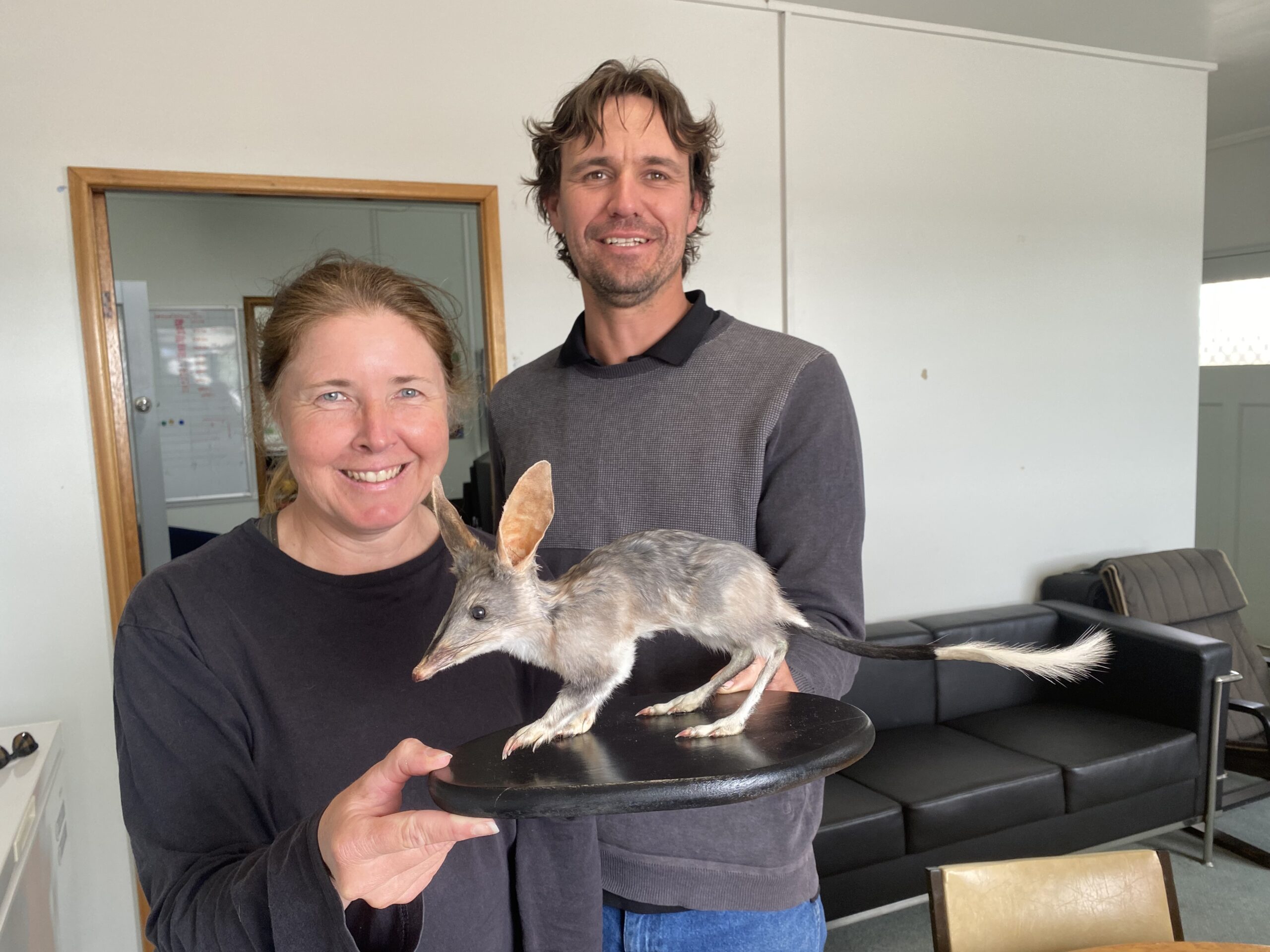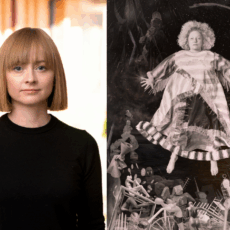The value of the Australian Wildlife Conservancy’s Pilliga project, a leader in the protection and re-introduction of once locally extinct native animals, has been given further emphasis with the federal government’s launch of the Threatened Species Action Plan which maps a pathway to recovery for Australia’s threatened wildlife.
Minister for the Environment Tania Plibersek announced the 10 year plan last week.
A Threatened Species Commissioner will work with existing and new partners to implement the Action Plan, providing guidance to support the design and delivery of projects.
Australia has the unwanted distinction of having the worst native mammal extinction record in the world.
Many species have disappeared, the victims over the past 100 years of predatory feral animals, notably cats and foxes, and destruction of native habitats.
A major local initiative, a 5,800 hectare Pilliga fenced area created by the Australian Wildlife Conservancy, in conjunction with the National Parks and Wildlife Service, is playing a significant role in saving our endangered and vulnerable species.
The Narrabri office of the AWC oversights the Pilliga project with a team of 11 project management staff, including four ecologists and native wildlife specialists.
In the four years since the fenced area has been established in the Pilliga State Conservation Area, feral animals – cats, foxes, goats and pigs – have been removed and once locally extinct native species reintroductions has commenced.
“AWC is at the forefront of threatened species protection,” said AWC Pilliga Operations Manager Wayne Sparrow. “We have re-introduced previously locally extinct native animals.
“These include the Greater Bilby and Bridled Nailtail Wallabies. We have the Plains Mouse in a our captive breeding program in South Australia and are scheduled to be released in Pilliga mid next year.
“The Pilliga project has been a very successful program to date, with Bilbies and Nail Tails being released in late 2018 and late 2019, into the 680ha breeding area.
“The Bilby and Nail Tail population is booming, especially in response to the good seasons of the past few years.”
More native animal species will be re-introduced in coming years.
Removal of predatory feral animals was a pre-requisite to the re-introduction of native species which once made their home in the Pilliga forest.
“We have eliminated the cats and the goats in the 5800 ha fenced area and are down to our last fox,” said Mr Sparrow. “We will definitely get him” he added.
“We are on the cusp of getting him and hope to within months.”
There is keen community interest in the Pilliga project. A recent open day at the site was cancelled due to wet weather but has been rescheduled for September 2023.
To order photos from this page click here










